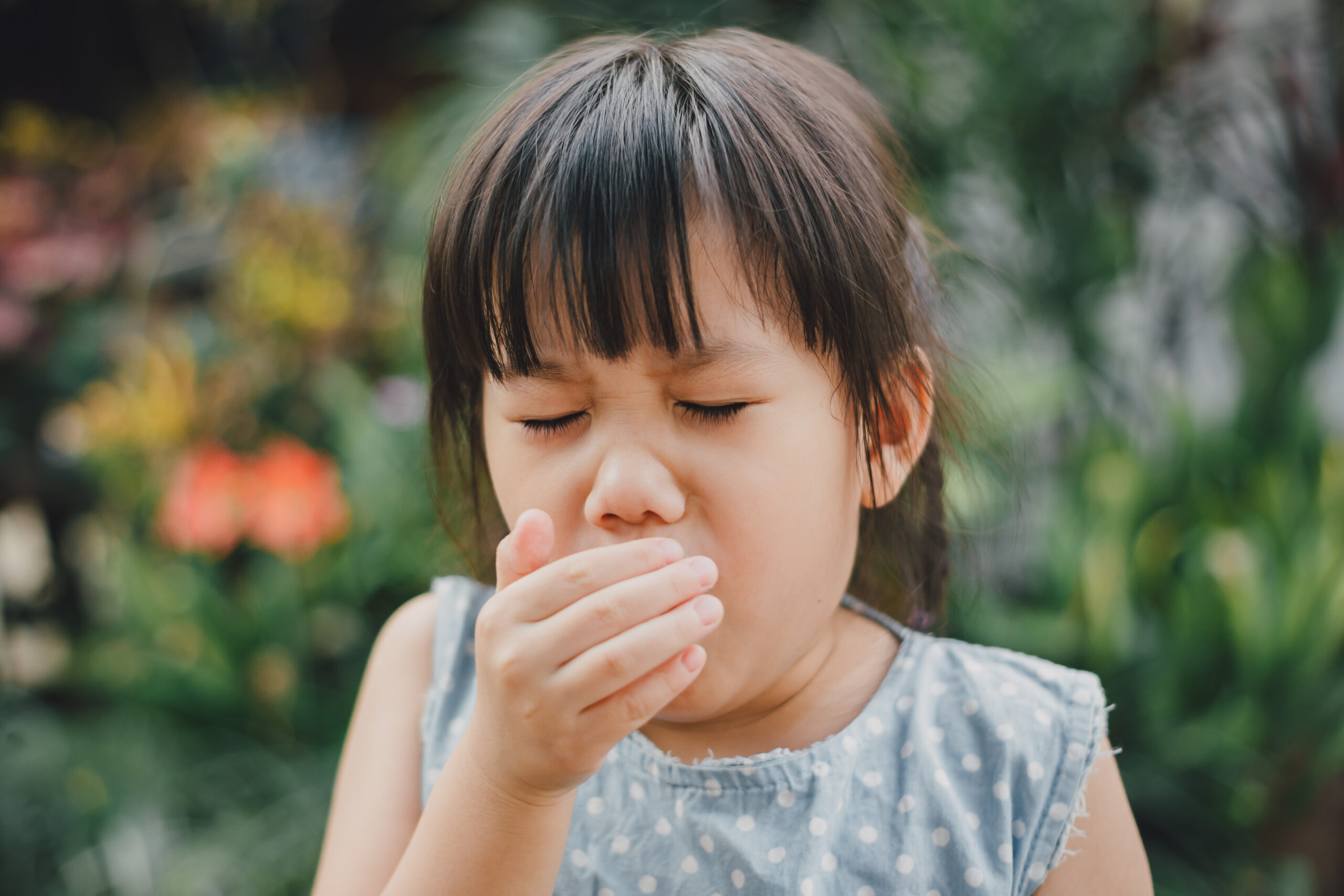Pneumonia, an infection caused by bacteria, viruses, and fungi, is a common diagnosis among children with respiratory illnesses. Because children have weaker immune systems and breathe more rapidly than adults, they are more susceptible to respiratory infections. Additionally, higher rates of air pollution are associated with higher levels of pneumonia in children. Particulate matter, such as dust, dirt, soot, and smoke, makes up a common part of air pollution, leading to harmful side effects when ingested. Particulate matter can arise from natural sources, but most result from human activity, particularly from combustion sources, such as the burning of fossil fuels.
Researchers used data compiled by the Centers for Disease Control and Prevention (CDC) to see if they could identify areas in Memphis, Tennessee of both low and high risk for community-acquired pneumonia (CAP). This data included information such as the child’s age, race, cause of pneumonia, type of health insurance, location, and levels of particulate matter pollution in the surrounding environment. Researchers determined that race was the most significant factor associated with areas with higher CAP. This was seen with the higher rates of hospitalizations for pneumonia in Hispanic and non-Hispanic Black children than White children. Having public health insurance as well as exposure to higher levels of combustion-derived particulate matter were also significantly associated with higher CAP values. Together, these findings indicate that environmental and social factors correspond to the presence of pneumonia within a community. It also further implies that a socioeconomic disparity exists for pneumonia among children.
With the new omicron variant of COVID-19 reportedly causing a surge of hospitalizations among children, information such as this has become a matter of concern for health officials. COVID-19 has already been known to cause pneumonia in patients, and while this new variant appears to be less severe than the previous ones, it is still imperative that we prepare for any potential impacts.
Featured Image Source: Nateejindakum










